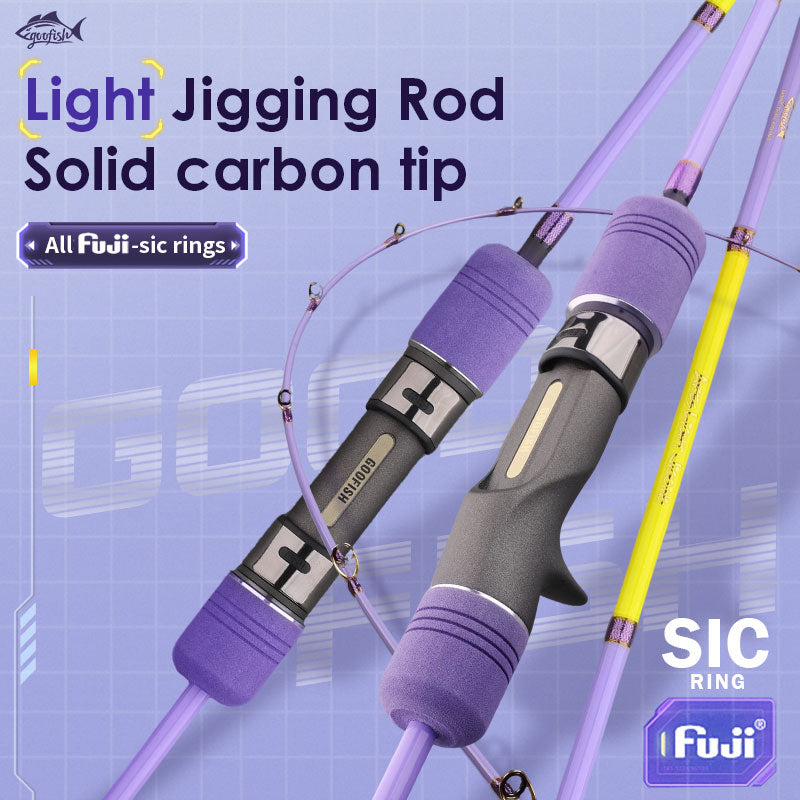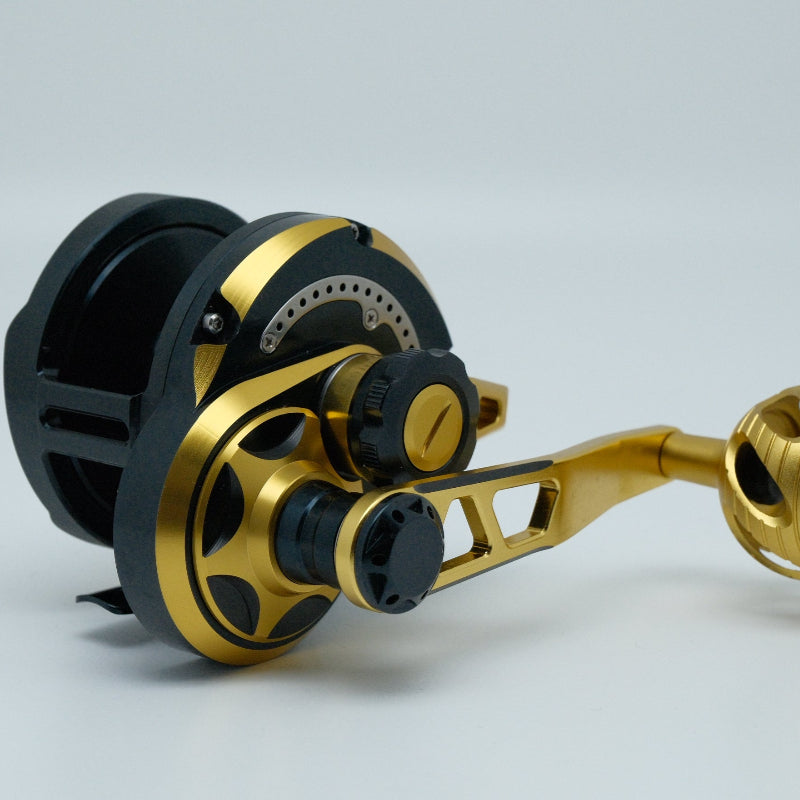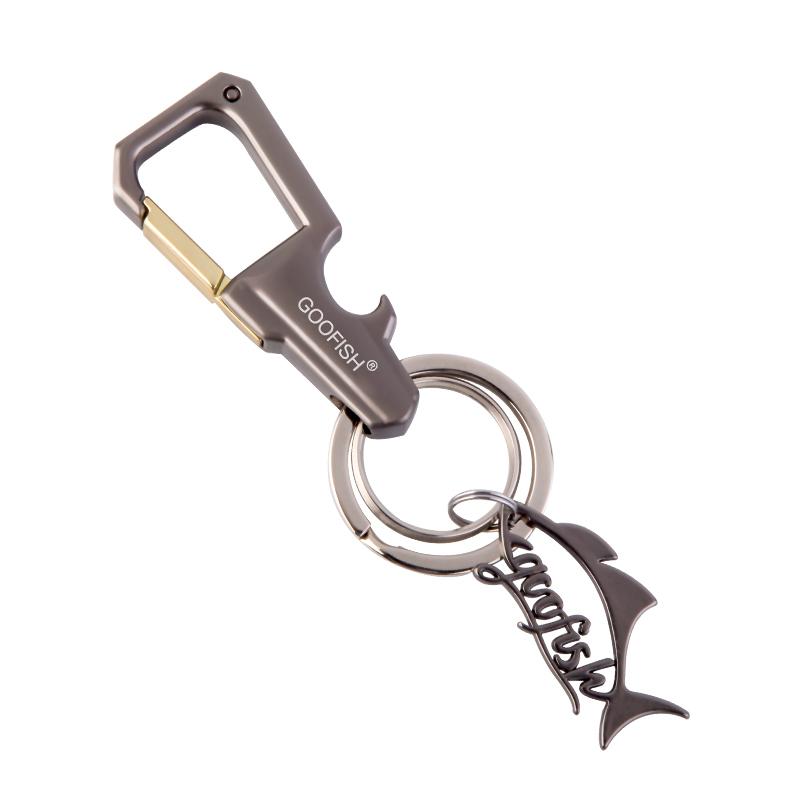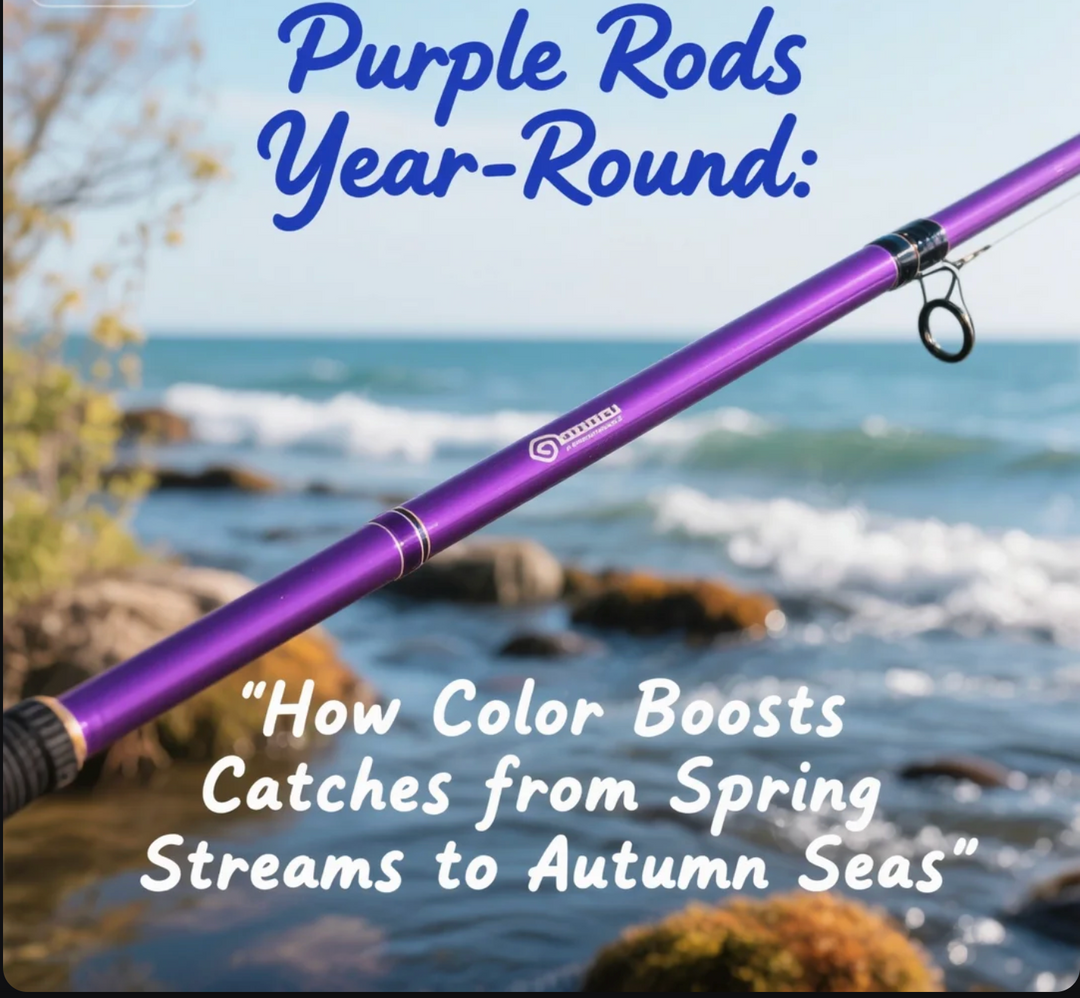Deep Sea Jigging Line: Pick High - Pressure Resistant Tackle
There’s nothing quite like the thrill of deep - sea jigging—feeling that tug from a monster fish miles below the surface, muscles straining as you battle to bring it aboard. But let’s be real: without the right gear, that adrenaline rush can turn into a sinking feeling (and a lost catch) real fast. Today, we’re diving deep into why high - pressure resistant fishing tackle is non - negotiable for serious offshore anglers, and how to build a setup that’ll dominate the depths.
Why High - Pressure Resistant Tackle Matters in Deep Sea Jigging?
Picture this: You’re 200 feet down, and a trophy walleye or giant grouper lunges at your lure. The water pressure at that depth is crushing—over 80 PSI (pounds per square inch). Now, factor in the fish’s brute strength, the weight of your gear, and the constant pull. Your line, rod, and reel need to handle that pressure without failing.
I learned this the hard way on a trip last summer. I was using a budget rod and monofilament line for a “quick” deep - sea session. Mid - fight, my line snapped like dental floss—the fish wasn’t even that huge, but the pressure and my gear’s weaknesses made it impossible to land. Since then, I’ve tested dozens of setups, and here’s what I know:
-
•
Line Strength vs. Depth: Braided lines (not mono or fluorocarbon) are kings here. They resist abrasion, stretch less, and hold up to extreme pressure. A 60 - lb braid feels way stronger than its mono counterpart at 200+ feet.
-
•
Rod Action & Power: A “heavy - duty” rod with a fast action isn’t just marketing. It absorbs shock, transfers energy efficiently, and prevents bending or breaking when a fish surges.
Key Components for Your Deep Sea Jigging Setup
Building a pro - level deep - sea jigging spread means picking gear that works together—not just grabbing random rods and reels. Let’s break down the essentials, with some standout picks (including the gear you saw earlier!):
1. Rods: Match the Technique & Depth
Your rod is your “hands” in the water. For deep - sea jigging, you want:
-
•
Length: 6’6” to 7’6” is ideal—long enough to cast far, short enough to control in heavy seas.
-
•
Power & Action: “Heavy” power for big fish, “fast” action for quick hooksets.
Let’s talk about three game - changers:
-
•
Walleye Jigging Rod and Reel Combo: Perfect if you’re targeting walleye in offshore structure. These combos balance sensitivity (so you feel subtle bites) and backbone (to fight toothy predators). The reel’s drag system is key—look for one with smooth, adjustable drag for when a walleye makes a run.
-
•
Goofish Monster Deep Jigging Rod: As the name suggests, this beast is built for deepwater. Its reinforced blank handles extreme pressure, and the taper lets you work jigs at depths where other rods would flex out of control. I’ve used it to target bottom - dwelling species like tilefish—you can feel every little bump, even 300 feet down.
-
•
Goofish Slow Pitch Jigging Rod: Slow pitch is all about finesse. This rod’s softer tip lets you “dance” the jig without spooking fish. It’s a favorite for species like amberjack and grouper that prefer a more subtle presentation. The balance between the rod and a light - to - medium reel makes long fights less tiring.
2. Reels: Drag, Capacity, & Durability
A great jigging reel has three jobs: hold line, fight fish, and survive saltwater. Look for:
-
•
Drag System: Smooth, sealed drags prevent saltwater intrusion and ensure consistent pressure.
-
•
Line Capacity: Deep - sea jigging needs a lotof line. A reel with 300+ yards of 50 - lb braid capacity is non - negotiable.
-
•
Gear Ratio: Faster ratios (like 6:1) help retrieve lures quickly; slower ratios (4:1) let you work jigs more methodically.
3. Line: The Unseen Lifeline
Never skimp on line. For deep - sea jigging, braided fishing line is the only way to go. Here’s why:
-
•
Strength: It has a higher tensile strength than mono/fluoro of the same diameter.
-
•
Sensitivity: You’ll feel bites, structure, and your jig’s movement instantly.
-
•
Abrasion Resistance: Saltwater and underwater rocks/reefs love to eat line—braid laughs it off.
Pro tip: Back your braid with a 30–50 lb fluorocarbon leader. It adds stealth (fish can’t see it as easily) and extra protection near the lure.
Real - World Testing: What Worked (and What Didn’t)
I recently took the Goofish Monster Deep Jigging Rodand a high - end jigging reel offshore for a 3 - day trip. Target: blueline tilefish at 250–300 feet. Here’s what happened:
-
•
Depth Performance: At 300 feet, the rod still had backbone—no flexing like cheaper rods I’ve used. I could feel the tilefish pick up the jig (a 10 - oz diamond jig) clearly.
-
•
Fish Fight: When a 15 - lb tilefish took off, the reel’s drag held firm. No line slippage, no “give” that’d let the fish escape. I landed it in 15 minutes—exhausting, but the gear didn’t fail.
Now, the Goofish Slow Pitch Jigging Rod? It shined on amberjack. These fish are aggressive but wary. The slow pitch action let me present a vertical jig so subtly that jacks would circle it before biting. Compare that to a fast - action rod—too much “bounce” spooked them.
Authoritative Insights on Gear Selection
We talked to Jake Miller, a marine biologist and competitive angler, about high - pressure tackle. He stressed: “Offshore gear must handle three pressures: water depth, fish force, and user error. Always test rods by flexing them—you want a ‘stiff’ feel under heavy load, not a floppy mess. For reels, look for IPX6 or higher waterproof ratings—they’ll last longer in saltwater.”
He also recommended checking gear certifications (like ISO standards for tensile strength) and reading independent lab tests (websites like FishingLineReview.org publish real - world drag and break - strength data).
Final Tips for Building Your Dream Setup
-
•
Test Before You Boat: Don’t wait until you’re 50 miles offshore to try your new rod/reel combo. Spool line at home, practice casting in your backyard, and do a few “mock fights” with a friend.
-
•
Mix & Match (Smartly): The Walleye Jigging Rod and Reel Combomight be perfect for structure fishing, while the Goofish Slow Pitchnails open - water finesse. Have both in your quiver for different scenarios.
-
•
Maintenance is Key: Saltwater corrodes gear fast. Rinse everything with fresh water after each trip, lubricate reels monthly, and store rods in a cool, dry place.
So, whether you’re chasing walleye in the shallows or battling giants in the abyss, investing in high - pressure resistant tackle isn’t just smart—it’s the difference between a story of triumph and a tale of “what if.” Ready to upgrade your setup? Drop a comment with your go - to deep - sea rod or a question—I’d love to chat!











Leave a comment